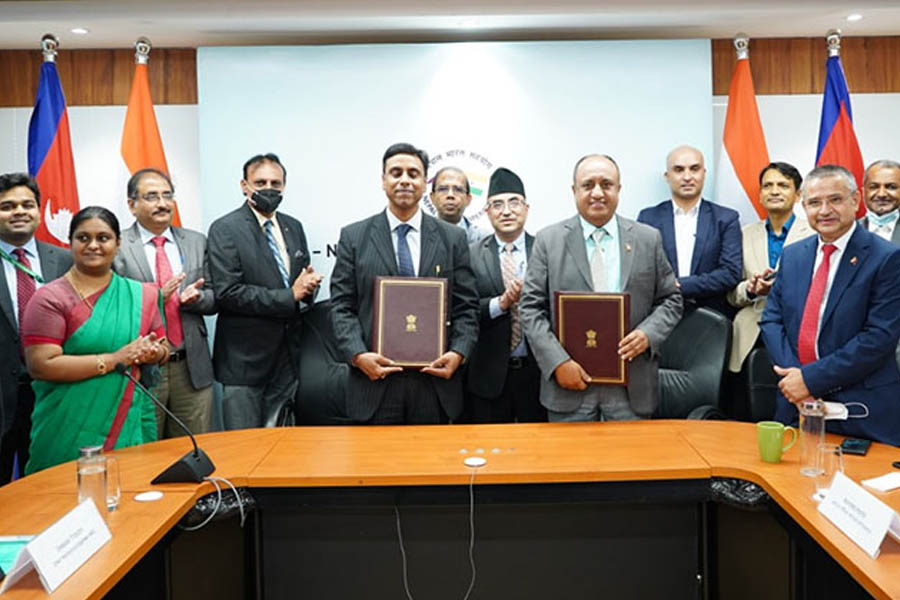
Kathmandu, Nepal - The much-anticipated Kathmandu-Raxaul electric broad gauge railway is one step closer to realization as the 'Final Location Survey' report prepared by India confirms its economic and technical feasibility. The Government of Nepal has initiated a thorough review of the draft report submitted by India, seeking feedback to advance the project. Earlier, the preliminary engineering study report had also yielded positive results, reinforcing the viability of this ambitious cross-border railway venture. According to the Indian company KRCL, responsible for preparing the report, the proposed railway will span a total length of 140.79 km. A significant portion of this railway, approximately 41 km, will run through tunnels, while the remaining stretch will be on the surface. The initial engineering and traffic survey had estimated the Raxaul-Kathmandu railway length to be 136 km, indicating a slight increase in distance based on the final location survey.
The report outlines the construction of 122 small bridges, 101 large bridges, and 18 complex long bridges that will support the railway tracks. In addition, the project envisions 12 strategically located stations, with plans to operate six passenger trains daily. Economically, the railway project is estimated to cost around NPR 3 trillion 82 billion (approximately 2 trillion 39 billion Indian rupees). However, additional expenses outside civil construction will likely exceed this amount. It's important to note that this cost does not include government expenditures for land compensation and acquisition. The railway will occupy 1478 hectares of land, comprising 740 hectares of government and community forests and 580 hectares of private land. The report highlights a financial rate of return of 4.81 percent and an economic rate of return of 14.06 percent, affirming the project's economic viability. This railway holds promising potential for facilitating the transportation of imported goods from India and industrial products manufactured within Nepal's Birgunj-Simara industrial corridor and the eastern and central regions to Kathmandu through Nijgadh. The project timeline suggests that construction of the electric railway, which can be completed within five years, will harness electricity generated within Nepal for operational efficiency. However, the investment modality for the railway is yet to be decided. While Nepal plans to request India to build the railway with a subsidy, India conducted the final location survey using the 'broad gauge' technique, despite Nepal's preference for the standard gauge. This could potentially pose challenges in terms of 'break of gauge' at the border.
Despite the competition between India and China for development projects in Nepal, the Kathmandu-Raxaul railway serves as an important conduit for trade and connectivity. Nepal's government is committed to carefully reviewing the report and providing its feedback to India, paving the way for the railway's final implementation. As the project progresses, its successful completion will undoubtedly bolster cross-border cooperation and benefit both countries economically and socially.